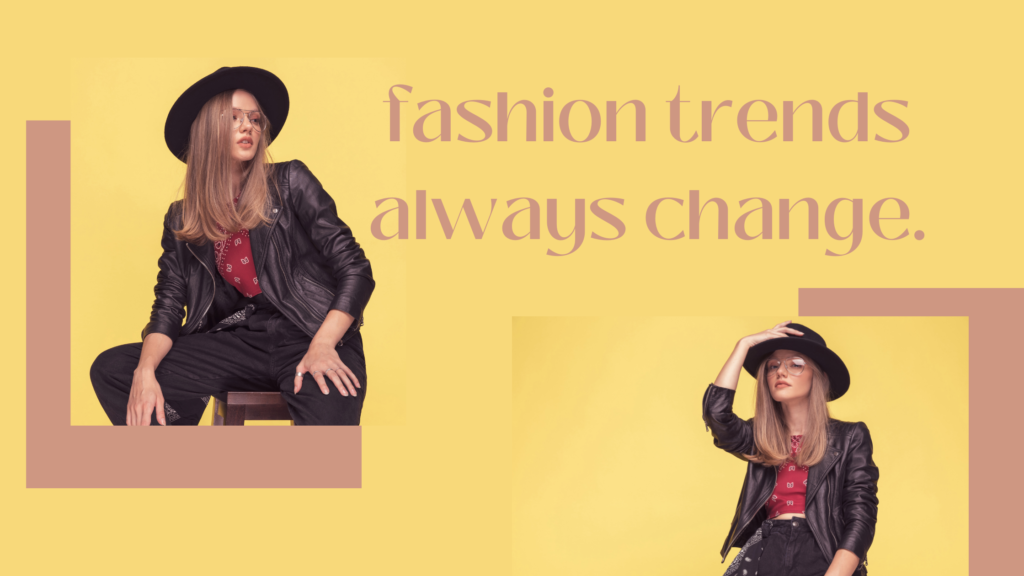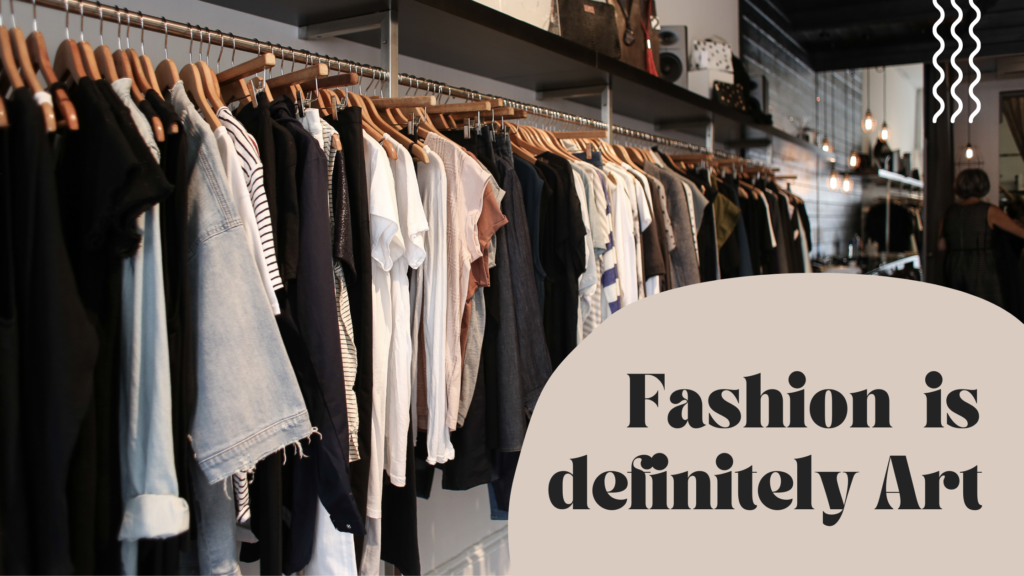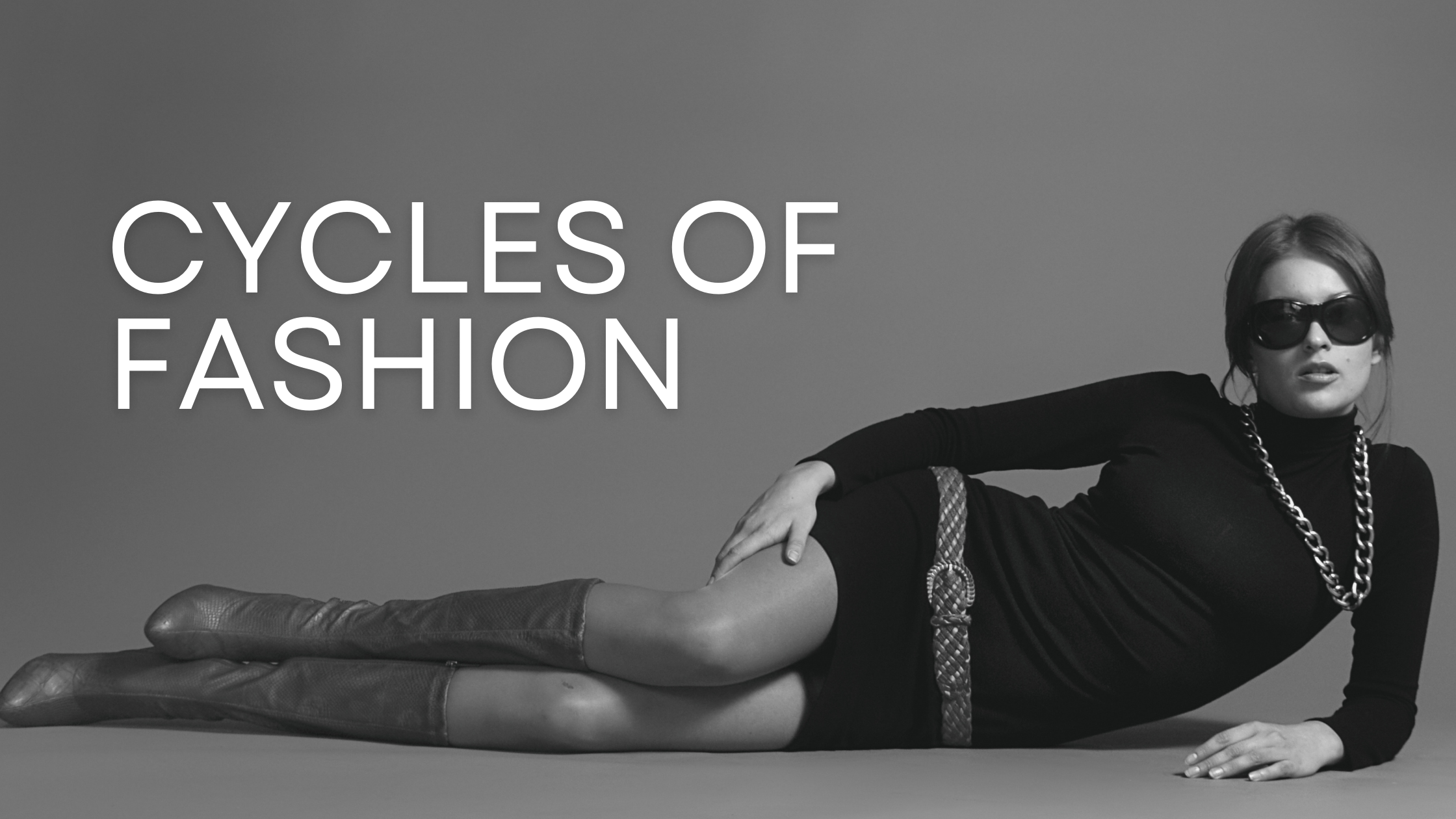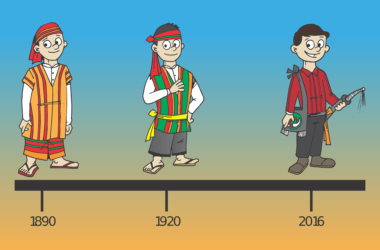A fashion cycle is a period during which a given fashion exists and passes through the five stages of introduction, development, and obsolescence. The style is considered accepted when a customer buys and wears it. As a result of acceptance, the style becomes a fashion! There is no guarantee that fashions will last from year to year. Let us look at the cycles of fashion.
The introduction of a new fashion trend
As designers introduce a trend, editors, influencers, or consumers, try it and decide that they like it. This acceptance can sometimes take longer than expected, especially if the trend is edgy. However, when this happens, it becomes “a thing,” and everybody wants to imitate it. This is why we sometimes see a product available everywhere from all types of markets and retailers. So much so that we get sick of it.
Developing a fashion trend
The second stage of a trend’s life starts with its rise to popularity. In this stage, the style moves from the “new” phase to the “trendy” one. A trend will often become less about being trendy and more about sheer popularity as celebrities and influencers help make it mainstream. This is where things like stylists and media strategists come into play. They use a combination of paid promotion and genuine affinity to spread the style among their followers.

A peak in the trend cycle
Trends are at their peak when they reach mainstream popularity among mainstream consumers. The trend is now available in most major retailers at under prices than during the expansion stage. The mass luxury brands no longer carry it.
The length of a trend’s peak is somewhat unpredictable at this stage in cycles of fashion. So, a style forecast to decrease in demand the next season won’t be involved in the brand’s upcoming collection allowing new trends to take their place.
Eventually, trends must be rejected.
The decline stage usually follows the peak stage in a trend’s lifecycle, which means it will likely be seen as overrated or overdone. Consumers tend to become tired of seeing too much of a trend or feel like something is too “mainstream.”
The declining stage has more value for marketers than the peak stage. This allows us to recognize a trend’s potential and target niche markets still eager to buy a particular product.

Fashion trends that are obsolescent
The last stage of a fashion’s life cycle is named the old-fashionedness stage. During this a trend becomes generally labeled as an “outdated trend.” Shortly before, consumers who enjoyed the trend move on to new peak trends and leave the obsolete ones behind.
Trends come and go, but there’s no need to feel sad about the ones that have passed. Instead, it’s time to say goodbye, move on, and work towards discovering what’s next.
Conclusion:
Fashion product designers will create, develop and market their products following the cycles of fashion. This will help them to avoid the embarrassment of being out of date with the latest fashion, making their products remain popular over a more extended period.
Utpal Khot
Copyright © Utpal K
1. If you share this post, please give due credit to the author Utpal Khot
2. Please DO NOT PLAGIARIZE. Please DO NOT Cut/Copy/Paste this post
© Utpal K., all rights reserved.
Copyright Notice: No part of this Blog may be reproduced or utilized in any form or by any means, electronic or mechanical including photocopying or by any information storage and retrieval system, without permission in writing from the Blog Author Utpal Khot who holds the copyright.





